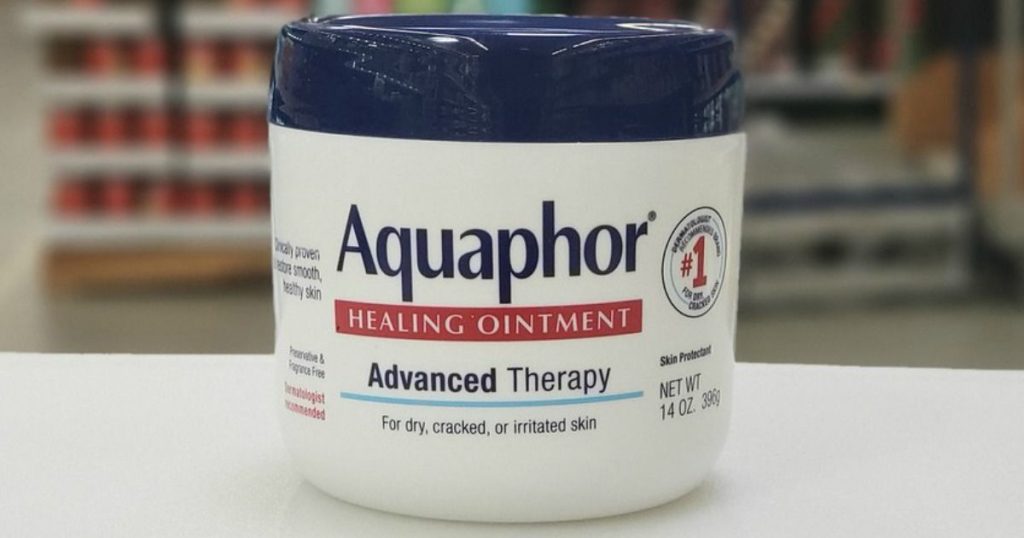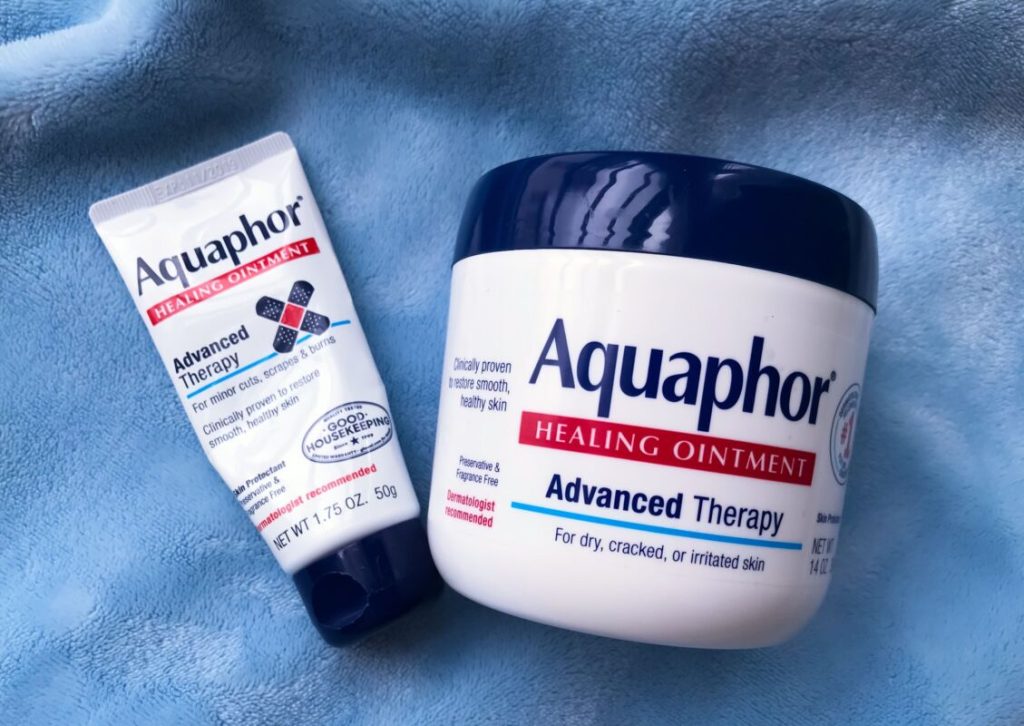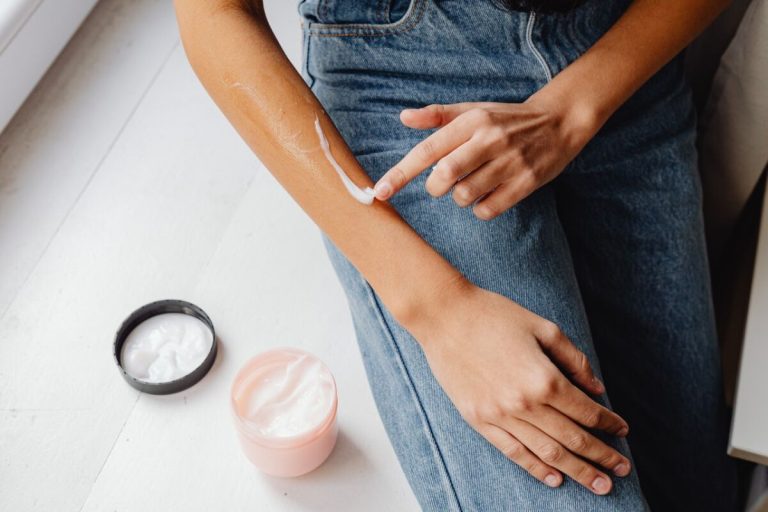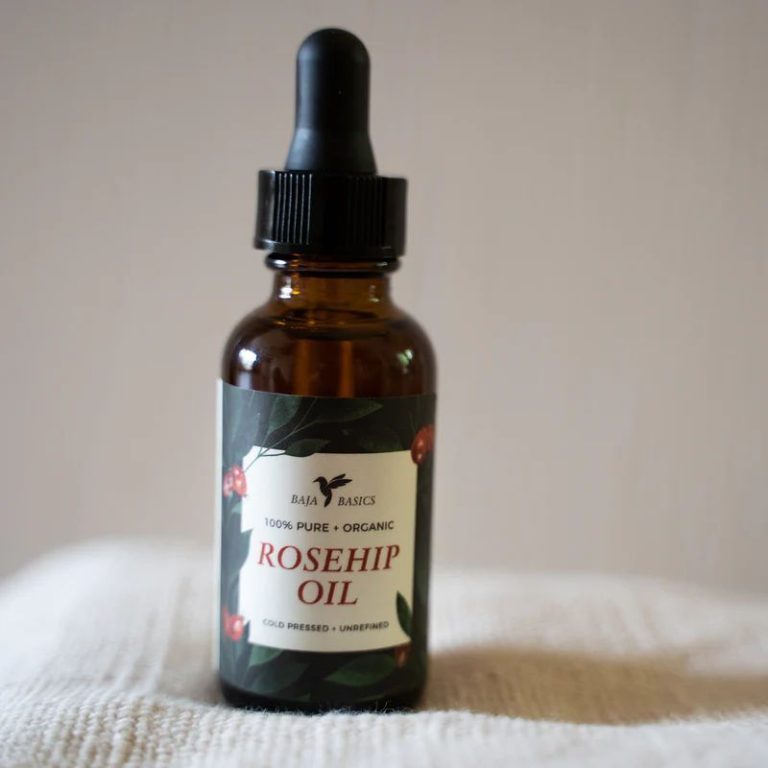Does Aquaphor Expire? How To Know If Aquaphor Has Expired?
Aquaphor is a household staple for many families. This versatile healing ointment has become a medicine cabinet must-have thanks to its myriad uses. From treating diaper rash to soothing cracked heels and everything in between, Aquaphor offers relief for minor skin irritations. But you may be wondering – does Aquaphor expire?
In this guide, I’ll provide a comprehensive look at Aquaphor, its ingredients, uses, and expiration. I’ll offer tips on how to tell if your Aquaphor has gone bad. You’ll also learn what happens if you use expired Aquaphor and how to properly dispose of it. Let’s dive in to answer the big question: does Aquaphor expire?
An Introduction to Aquaphor and Its Many Uses
Contents
- An Introduction to Aquaphor and Its Many Uses
- Aquaphor Key Ingredients – What Makes It an Effective Ointment?
- How To Use Aquaphor Healing Ointment For Various Skin Conditions
- Aquaphor’s Texture and Feel on Skin
- Is Aquaphor the Same as Vaseline?
- Does Aquaphor Expire?
- Does Baby Aquaphor Expire?
- How To Know If Aquaphor Has Expired
- Dangers of Using Expired Aquaphor
- How to Dispose of Expired Aquaphor
- In Summary
Aquaphor Healing Ointment is a smooth, petrolatum-based ointment manufactured by Eucerin. It’s well-known for its versatility in treating all kinds of minor skin conditions. Here are some of the top uses for Aquaphor:
- Treating cuts, scrapes, burns. Aquaphor creates a protective barrier over wounds, helping them heal while keeping bacteria out.
- Soothing chapped lips. Slathering on Aquaphor brings instant relief for dry, cracked lips. It deeply moisturizes and smooths rough lips.
- Healing dry, irritated skin. Aquaphor provides intense moisturization wherever you have itchy, flaking skin like eczema or psoriasis.
- Protecting against weather. Before going out in cold, windy weather, apply Aquaphor to shield exposed skin on your face and hands. It also soothes sunburn.
- Softening cuticles, cracked heels. Apply Aquaphor generously before bed and cover hands and heels to wake up with softer skin.
- Relieving diaper rash. The thick ointment creates a gentle, protective barrier to let your baby’s skin heal.
- Moisturizing dry skin. Use Aquaphor as an everyday body moisturizer, especially on dry elbows, knees and feet.
With so many ways to use Aquaphor, it’s easy to see why it earns a permanent place on the shelves of so many homes. Next, let’s look at what ingredients allow Aquaphor to heal and hydrate skin so effectively.

Aquaphor Key Ingredients – What Makes It an Effective Ointment?
The key to Aquaphor’s effectiveness comes down to its formulation. Aquaphor contains a blend of moisturizing, nourishing ingredients in a protective petrolatum base. Here are the main ingredients that give Aquaphor its healing powers:
Petrolatum
Petrolatum, also known as petroleum jelly, makes up over 40% of Aquaphor. It provides an occlusive barrier that seals in moisture while protecting skin from irritants and bacteria. Petrolatum has a long history of use in skincare. It’s hypoallergenic and well-tolerated by sensitive skin.
Mineral Oil
Lightweight mineral oil is an emollient that fills in gaps between skin cells. This helps trap moisture and smooth dry skin. Mineral oil is non-comedogenic, meaning it won’t clog pores.
Glycerin
Glycerin is a humectant that draws moisture into the skin and acts as a moisturizer. It hydrates the top layers of skin for a plumper, smoother appearance.
Panthenol
Panthenol is provitamin B5, which soothes and calms irritation. In skincare, it aids in healing by stimulating skin regeneration.
Lanolin
Lanolin is a naturally moisturizing wax derived from wool oil. Its emollient properties help soften and hydrate skin. Lanolin closely resembles our skin’s natural oils.
When combined into a water-based emulsion, these highly emollient ingredients make Aquaphor an unbelievably effective moisturizer and protector for all skin types. Now let’s explore the different ways to use Aquaphor on your skin.
How To Use Aquaphor Healing Ointment For Various Skin Conditions

Thanks to its powerful moisturizing and protective properties, Aquaphor has a wealth of uses. Here are directions for applying Aquaphor to treat some specific skin conditions:
Chapped Lips: Apply a thick layer of Aquaphor to lips whenever they feel dry. Reapply as needed for instant relief and smooth lips.
Minor Cuts and Scrapes: First cleanse the area with soap and water. Pat dry and apply a thin layer of Aquaphor, covering the wound completely to keep out germs as it heals.
Cracked Heels: Slather a thick amount of Aquaphor onto clean heels, especially before bedtime. Put on socks to lock in moisture overnight.
Dry Elbows: Gently exfoliate then apply Aquaphor to soften rough, flaky elbows. For deeper hydration, massage in Aquaphor then wrap elbows in plastic wrap overnight.
Diaper Rash: Clean and air out baby’s bottom before applying a thick layer of Aquaphor at each diaper change. This protects against wetness and soothes irritated skin.
Eczema: After bathing, pat eczema-prone areas dry then apply a layer of Aquaphor to hydrate and protect skin from flare-ups.
Sunburn: For mild sunburn, gently cleanse skin and apply a soothing layer of Aquaphor. Reapply often for relief.
Since it is gentle enough for everyday use, many people rely on Aquaphor as part of their regular skin care routine. But how does Aquaphor actually feel on the skin?
Aquaphor’s Texture and Feel on Skin
When you first scoop out Aquaphor, you’ll notice its thick, goopy texture reminiscent of petroleum jelly. It goes on shiny and greasy. But not to worry – this ultra-moisturizing ointment quickly absorbs into skin.
Within a minute or two, the glossiness fades as Aquaphor seeps into thirsty skin. It leaves behind a light protective barrier that is not greasy. Aquaphor has long-lasting effects on skin – you likely won’t need to reapply for many hours. Its occlusion allows skin to hold onto moisture so that healing can begin.
While it feels heavy initially, Aquaphor absorbs fast and delivers soothing relief. Next let’s compare Aquaphor to a similar product – Vaseline petroleum jelly.
Is Aquaphor the Same as Vaseline?
At first glance, Aquaphor and Vaseline petroleum jelly seem almost identical. But there are a few key differences between these occlusive ointments:
- Base ingredients: Both contain petrolatum, but Aquaphor also has other moisturizers like glycerin and lanolin.
- Thickness: Aquaphor has a thicker, more emollient texture compared to Vaseline.
- Healing properties: Aquaphor contains additional ingredients like panthenol to aid in healing dry, cracked skin.
- Sensitivities: Aquaphor is formulated to be hypoallergenic for more sensitive skin.
While Vaseline works well for locking in moisture, Aquaphor has added benefits for dry skin care and healing. Its thicker occlusive base along with special moisturizing ingredients make it uniquely effective for treating many irritating skin conditions.
Now that we’ve covered what Aquaphor is made of and how to use it, let’s answer the key question: does Aquaphor expire?
Does Aquaphor Expire?
Like any skincare product, Aquaphor does have an expiration date. The shelf life of Aquaphor is about two to five years from the manufactured date.
Unopened containers of Aquaphor expire about 3 years after the manufacturing date. Once opened, Aquaphor will remain good for about 2 years.
It’s important to pay attention to expiration with Aquaphor since its ingredients can degrade over time. Petrolatum, for example, can start to oxidize and develop a rancid odor. Using expired Aquaphor won’t properly moisturize or protect your skin.
Does Baby Aquaphor Expire?
You’ll be relieved to know Baby Aquaphor also has a long shelf life. The expiration timeline is similar:
- Unopened: 2 to 3 years from manufactured date
- After Opening: About 2 years
It’s especially important not to use expired Baby Aquaphor. An active ingredient like panthenol can lose effectiveness over time. Using old Baby Aquaphor means your baby’s sensitive skin won’t benefit from its protective and soothing properties.
To keep your little one’s skin healthy, be diligent about checking expiration dates on Baby Aquaphor. Next, let’s go over the signs of expired Aquaphor.
How To Know If Aquaphor Has Expired
Watch for these signs that your Aquaphor may have gone bad:
- Check the expiration date: Look at the back of the packaging for an expiration date or batch code. Batch codes can help you identify the date of manufacture. Aquaphor expires 3 years after production if unopened.
- Smell for changes: Give your Aquaphor a sniff test. Fresh Aquaphor has little odor. If it smells rancid, musty, or chemical-like, it has likely spoiled.
- Consistency changes: Expired Aquaphor may become more watery or appear separated. Toss if the texture seems off.
- Irritation: If Aquaphor stings or causes redness when applied, discontinue use as ingredients may have destabilized.
By staying vigilant about signs of aging, you can ensure your Aquaphor remains fresh and ready to relieve your skin. But what if you’ve already used some past-its-prime Aquaphor?
Dangers of Using Expired Aquaphor
We never recommend using Aquaphor beyond its expiration date. As the ingredients degrade, Aquaphor loses effectiveness and poses risks:
- Reduced moisturization: Outdated Aquaphor may not properly hydrate and seal in moisture. Skin can remain irritated and dry.
- Skin irritation: Ingredients like lanolin in old Aquaphor can start to oxidize and cause redness or itching.
- Infection risk: Bacteria can grow in expired products, leading to potential skin infections.
- No protective barrier: Aquaphor’s petrolatum base can separate, losing its protective occlusive properties when expired.
To get the best results from your Aquaphor, be sure to start fresh with a brand new container after expiry. Don’t wait until you’ve used it all up!
If you’ve discovered some expired Aquaphor in your medicine cabinet, here are some options for disposing of it properly.
How to Dispose of Expired Aquaphor
Check the packaging for any disposal recommendations from the manufacturer. If there are none, you can follow these general expired Aquaphor disposal guidelines:
- Avoid pouring Aquaphor down the drain or flushing down the toilet, as petrolatum can clog pipes.
- Place used or expired Aquaphor in a sealed container or bag before putting in the trash. This contains anySeparation or leakage.
- Check if Aquaphor containers can be recycled in your municipal recycling program. Thoroughly clean.
- Consider donating any unopened, unexpired Aquaphor to a local shelter or charity.
Properly disposing of expired skincare keeps Aquaphor ingredients out of the water supply and environment. A quick expiration check can ensure you always have fresh products on hand.
In Summary
- All Aquaphor products expire, usually within 2-5 years of manufacture.
- Unopened containers last about 3 years. Used products expire after 2 years.
- Baby Aquaphor also expires and should always be used fresh.
- Check expiration dates and toss at the first signs of degradation like smell or texture changes.
- Never use expired Aquaphor as it won’t properly hydrate and risks irritation or infection.
- Safely throw away expired products in the trash. Recycle containers when possible.
- For the best results, maintain a supply of fresh Aquaphor to use whenever skin needs a little TLC!
With proper storage and attention to expiration dates, your Aquaphor Healing Ointment should retain its effectiveness for skin relief and rejuvenation. Don’t wait until you’re down to the last bit – replace your Aquaphor regularly to ensure your skin gets the soothing care it deserves.

Founded by Sophia Rodriguez, IGXO Cosmetics is a PETA-certified, cruelty-free, and vegan makeup brand.





